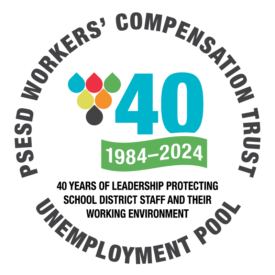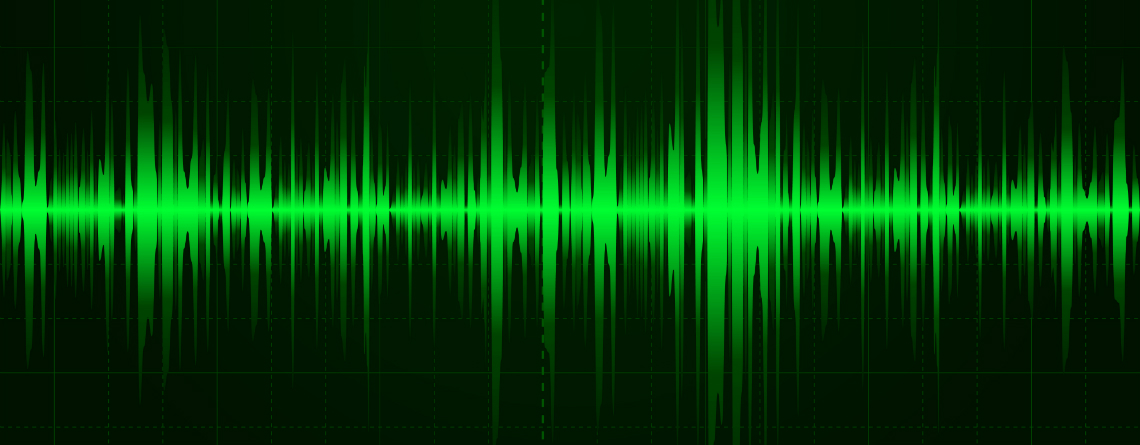Most of us are familiar with the Washington State DOH K-12 COVID-19 Requirements for Summer 2021 and the 2021-2022 School Year, but different people may interpret the details differently when the topic is cleaning and disinfection of school buses.
It is important that our school district safety and risk management colleagues interpret state guidelines properly and lead their implementation in a coordinated manner.
At the beginning of the pandemic, we did not know whether the infection could be transmitted through surfaces prompting the use of an excessive number of ineffective solutions. This reaction triggered unnecessary and potentially hazardous chemicals to be added to indoor environments. More was not necessarily better for COVID prevention.
Now we know more. We understand that surface transmission is not likely and the overdone “hygiene theater” needs to go away. We are returning to an “enhanced normal” which means good cleaning with basic, unscented soap-type cleaners and disinfecting frequently touched surfaces at the end of each day.
Despite these changes, some concerned parties still argue that buses need to be disinfected between transportation rounds, multiple times a day and that the whole bus needs to be disinfected. Because frequent disinfection of all the surfaces is very labor intensive, some tend to gravitate toward special chemicals and special applicators to speed up the work – not always a good idea.
We received clarification on the subject from the State Department of Health (DOH).
Requirements for cleaning and disinfecting school buses.
Frequently touched surfaces such as the bus handrails and the tops and backs of chairs should be disinfected at the end of the day, after a thorough cleaning. Floors, ceilings surfaces touched by clothing don’t count, they don’t need to be disinfected. Keep in mind that – despite earlier beliefs – COVID is not likely to be transmitted through surfaces.
Special Education vehicles where there may be more frequent hygiene challenges.
If there are accidents with vomit, faces or blood, they should be cleaned appropriately. Special Education vehicles might need extra cleaning. As always, use masks and open windows! If special needs students are not able to wear masks, cohorting and spacing are especially important.
Cleaning, not disinfection.
Buses can be scrubbed with a mild, unscented soap-type cleaner and water during the school day. Targeted disinfection can happen at the end of the school day, only after appropriate cleaning. Disinfectants should not be sprayed everywhere, especially not into the air. That is a violation of the label, a waste of chemicals, does not control pathogens and may cause respiratory.
Some school districts use electrostatic spray systems which take less time to disinfect the whole bus.
The whole bus does not need to be disinfected, only the frequently touched surfaces. Disinfectants are designed for surfaces; air cannot be disinfected. Avoid spraying anything into the air of buses and classrooms. Never fog or mist. The COVID virus dies in the air overnight.
What about the “natural” or “botanical” disinfectants?
Just because something is labeled natural or actually comes from nature doesn’t mean that it can’t be irritating, or even toxic. Cleaners and disinfectants based on “citrus” or “thyme” have proven to be strongly scented, irritating, and have the potential to cause asthma attacks or other long-term harm. Consult the EPA N list for other approved disinfectants, download the safety data sheets, and choose the products that have the lowest hazards and are also unscented: https://www.epa.gov/coronavirus/about-list-n-disinfectants-coronavirus-covid-19-0
Primary points to remember.
Remember frequent and proper handwashing and distancing is best and follow the Supplemental Considerations to Mitigate COVID-19 Transmission in K-12 Schools (wa.gov). The guidance was put together by the State Department of Health, OSPI in consultation with the Governor’s office and their stakeholders. It is the ultimate go-to reference for Washington state schools.
PSWCT-UP encourages collaboration among district partners, such as COVID coordinators, Risk Managers, Safety Coordinator, Maintenance & Operations, IAQ contacts, Nurses, and Transportation Directors as well as collaboration with outside leaders, such as state and local health departments and the Department of Labor & Industry.
The collaboration should lead to coordinated, uniform approaches, and to the choice and use of the same low hazard cleaner and disinfectant by the WHOLE district, including custodial services and transportation. Please do not be swayed by trends, new miracle tools or chemicals. The old-fashioned concept of elbow grease and in-depth cleaning followed by properly executed disinfection is the gold standard.
Per WA State DOH Supplemental Considerations to Mitigate COVID-19 Transmission in K-12 Schools (wa.gov), School bus transportation is considered public transportation and is subject to mask requirements by federal order. Please see CDC’s Requirements for Face Masks on Public Transportation for more information.
Optional strategies to further reduce SARS-CoV-2 transmission during school transportation include:
• Keeping riders as far apart as possible on the bus.
• Consider limiting occupancy.
• Use assigned seating.
• Seat students with household members or members of their school classroom/group/cohort.
• Maximize ventilation on the bus—open windows and roof vents whenever safe to do so.
• Clean and disinfect frequently touched surfaces, including the tops and backs of seats at the end of the day. Use an EPA registered product and follow the manufacturer’s instructions for use. Do not fog/mist the bus with disinfectant. Leave windows open to air out the bus after runs and cleaning.
• Encourage walking or biking where safe.
• Encourage students to wash or sanitize hands when they leave their home or classroom before boarding the bus.



